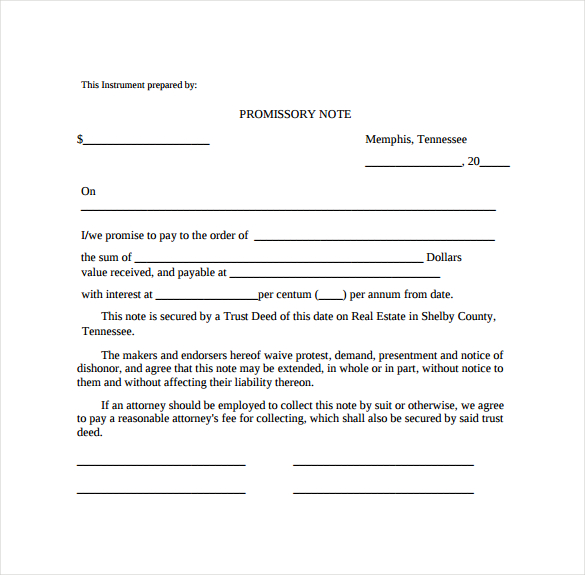Understanding Depreciation and Cash Flow
Depreciation is an expense deducted from your business income to reflect the annual cost of assets used in your business. Since the depreciation deduction is purely a “paper” expense, it requires no cash outflow. If you use the accrual method of accounting, depreciation must be added back to your accrual net profit to determine your cash flow profit.
If so, any increase in accounts receivable must be subtracted from your accrual net profit because it represents sales included in the net profit, but not yet collected in cash. Similarly, to determine your cash flow profit, any decrease in accounts receivable must be added to your accrual net profit because it represents cash collections that are not included in the net profit for the current accounting period.
In terms of accounts receivable, when a sale is made to a customer, the sale is recorded and the customer’s credit account is increased by the amount of the sale. When the sale is recorded, your accrual income is increased by the amount of the sale, but no cash is collected until the customer pays his bill. To convert your accrual net profit to cash, you must subtract an increase in accounts receivable. The increase represents income that has been recorded but not yet collected in cash.
Changes in Inventory
If you use the accrual method  of accounting, any increase in inventory must be subtracted from your accrual net profit amount to determine your net cash flow profit. The increase in inventory represents an expense that was paid but not yet subtracted from your accrual net profit. Under the mechanics of accrual accounting, the purchase of inventory is not considered to be an expense until the inventory is sold. In terms of a cash flow, you’ve already paid for the inventory; therefore, it must be subtracted from your accrual net profit.
of accounting, any increase in inventory must be subtracted from your accrual net profit amount to determine your net cash flow profit. The increase in inventory represents an expense that was paid but not yet subtracted from your accrual net profit. Under the mechanics of accrual accounting, the purchase of inventory is not considered to be an expense until the inventory is sold. In terms of a cash flow, you’ve already paid for the inventory; therefore, it must be subtracted from your accrual net profit.
Similarly, a ount must be added to your accrual net profit to determine your net cash flow. The decrease in inventory represents an expense subtracted from your accrual income to determine your accrual net profit. However, no cash left your business in this accounting period for the expense reflected by the decrease in inventory.
Changes in Accounts Payable
If you use the accrual method of accounting, any increase in accounts payable must be added back to your accrual net profit to determine your cash flow. Under the accrual method of accounting, an account payable is recorded and an expense is increased when you receive a bill. Therefore, your accrual net profit is reduced by an expense that has not yet been paid in cash. Adding back the increase in accounts payable will adjust the accrual net profit so that it does not reflect the amount of expense not yet paid with cash or with a check.
A decrease in accounts payable must be subtracted from your accrual net profit to determine your cash flow. The decrease in accounts payable represents the net cash that was paid out of your business but not reflected as an expense in determining your accrual net profit for this accounting period. Under the mechanics of accrual accounting, the expenses associated with the accounts payable were recorded at the time the bills were received.
Changes in Notes Payable
For accrual method taxpayers, an increase in the amount of notes payable (bank loans) must be added to your accrual net profits to determine the cash flow of your business. Under the accrual method of accounting, a loan is recorded by increasing the amount of cash received from the loan, and increasing the amount of notes payable. No part of this transaction is reflected in your accrual net profits. Therefore, to determine your cash flow, you must add the increase in notes payable to your accrual net profit to reflect the real change in your cash balance.